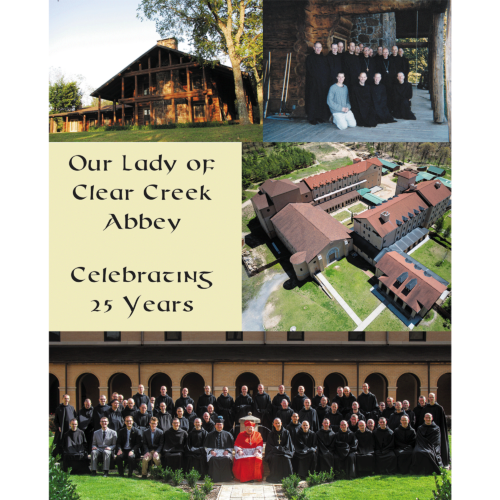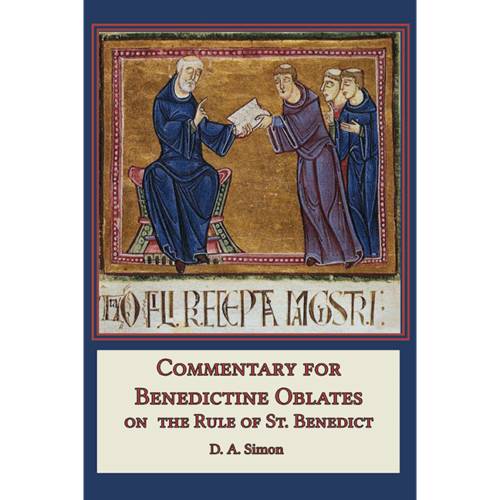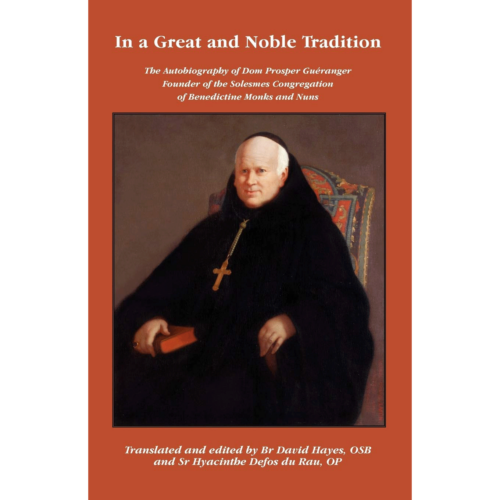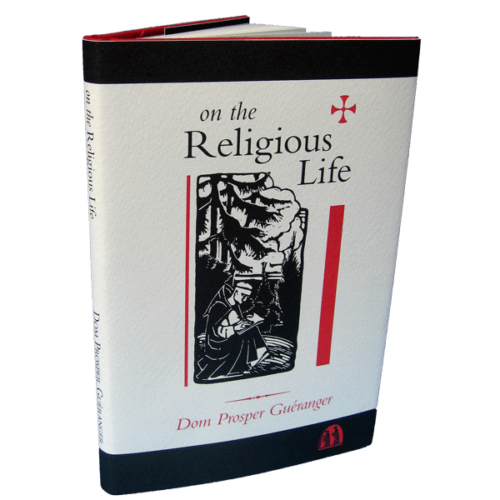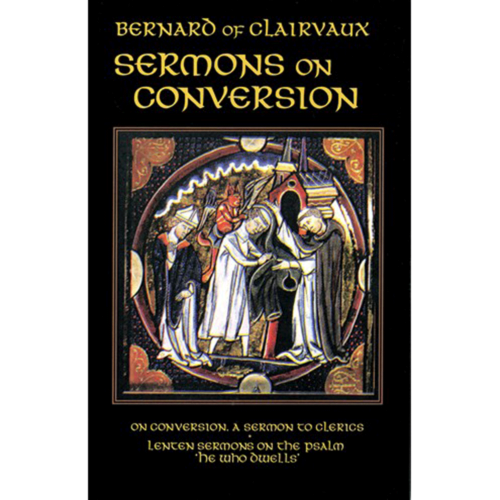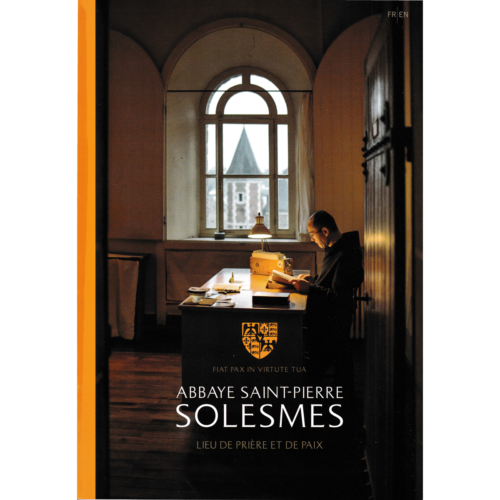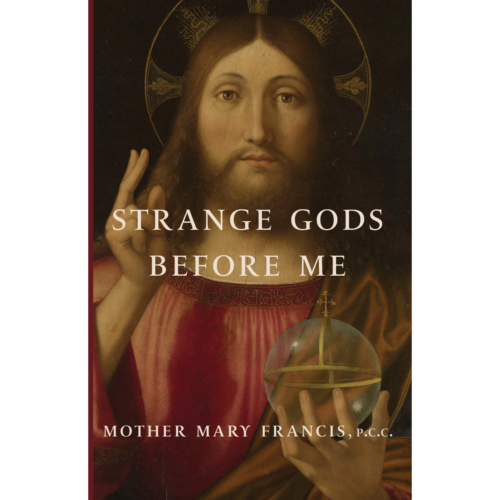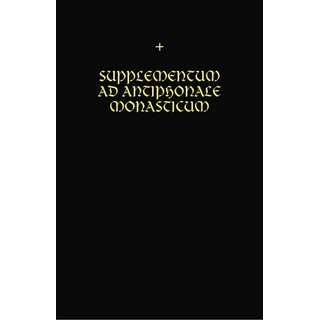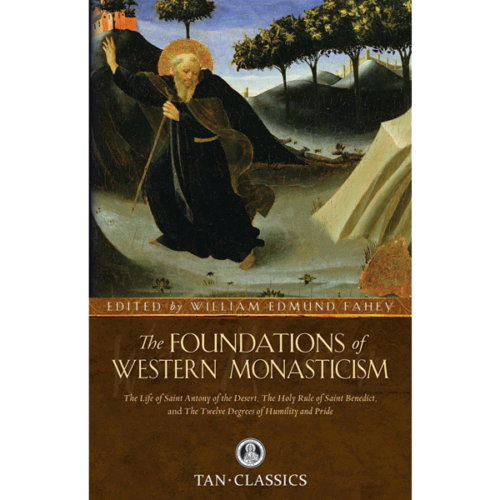When Saint Anthony went out into the desert, there were no monasteries or rules, just a few other hermits living by the towns, each one following his own way of life. Having been inspired by hearing the Gospel calling him to poverty, Anthony had arranged things and had taken himself to an abandoned place. He sought out the few hermits and holy men that he could find to learn what he could about the ascetical and spiritual life.
Yet his life lacked structure and direction. He tried to dominate his passions with constant prayer and harsh fasting. But he was still plagued by temptations and evil thoughts that he could not drive away. He was awash due to the inability to control distractions and to use his time well. Much like the modern man cut off from the real world and battling against his desires and distractions, he struggled daily, plagued by trials and temptations.
Amid these battles, Anthony prayed to God in this way: “Lord, I want to be saved but these thoughts do not leave me alone; what shall I do in my affliction? How can I be saved?”
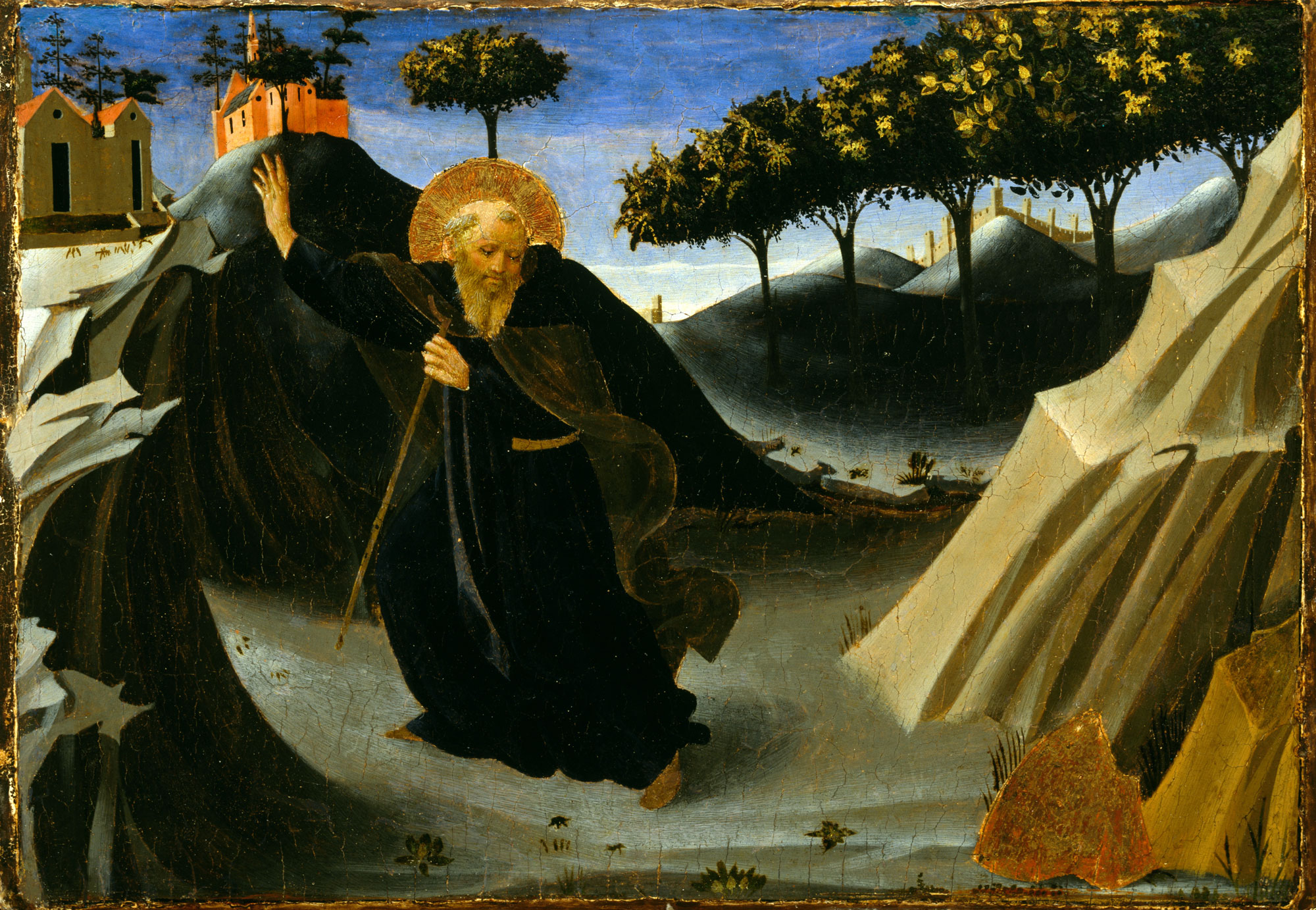
St. Anthony of the Desert
by Fra Angelico
Just after that, Anthony went out and saw someone working. It was an angel of the Lord. He would work for a while, then get up to pray, then work some more, and then pray again. The Lord wanted to tell Anthony to structure his time like this, mixing work and prayer throughout the day. Anthony heard the angel say to him: “Do this and you will be saved.”
The monastic horarium, in a sense, was born in this moment. Monks follow a schedule which provides for periods of prayer and work. Given the weakness of our human nature to distractions and sin, the order provided by a timetable gives the monk a great ability to accomplish his prayer and work and his other activities during the monastic day.
Saint Benedict, coming several centuries after Saint Anthony, also devoted much time in his Rule to establishing an horarium. By then, the common liturgical offices had started to require more time, and so he had to balance them with sacred reading and manual labor. In arranging the times of reading and work, he says: “Idleness is the enemy of the soul; and therefore the brethren ought to be occupied, at fixed times with manual work and again at fixed times with spiritual reading.” And so it goes on today at Clear Creek Abbey, with times for prayer and reading and work. You can adopt this monastic wisdom by planning out brief moments of prayer and sacred reading during your day. “Do this and you will be saved!”
Books on Monastic Life
When Saint Anthony went out into the desert, there were no monasteries or rules, just a few other hermits living by the towns, each one following his own way of life. Having been inspired by hearing the Gospel calling him to poverty, Anthony had arranged things and had taken himself to an abandoned place. He sought out the few hermits and holy men that he could find to learn what he could about the ascetical and spiritual life.
Yet his life lacked structure and direction. He tried to dominate his passions with constant prayer and harsh fasting. But he was still plagued by temptations and evil thoughts that he could not drive away. He was awash due to the inability to control distractions and to use his time well. Much like the modern man cut off from the real world and battling against his desires and distractions, he struggled daily, plagued by trials and temptations.
Amid these battles, Anthony prayed to God in this way: “Lord, I want to be saved but these thoughts do not leave me alone; what shall I do in my affliction? How can I be saved?”

St. Anthony of the Desert
by Fra Angelico
Just after that, Anthony went out and saw someone working. It was an angel of the Lord. He would work for a while, then get up to pray, then work some more, and then pray again. The Lord wanted to tell Anthony to structure his time like this, mixing work and prayer throughout the day. Anthony heard the angel say to him: “Do this and you will be saved.”
The monastic horarium, in a sense, was born in this moment. Monks follow a schedule which provides for periods of prayer and work. Given the weakness of our human nature to distractions and sin, the order provided by a timetable gives the monk a great ability to accomplish his prayer and work and his other activities during the monastic day.
Saint Benedict, coming several centuries after Saint Anthony, also devoted much time in his Rule to establishing an horarium. By then, the common liturgical offices had started to require more time, and so he had to balance them with sacred reading and manual labor. In arranging the times of reading and work, he says: “Idleness is the enemy of the soul; and therefore the brethren ought to be occupied, at fixed times with manual work and again at fixed times with spiritual reading.” And so it goes on today at Clear Creek Abbey, with times for prayer and reading and work. You can adopt this monastic wisdom by planning out brief moments of prayer and sacred reading during your day. “Do this and you will be saved!”









